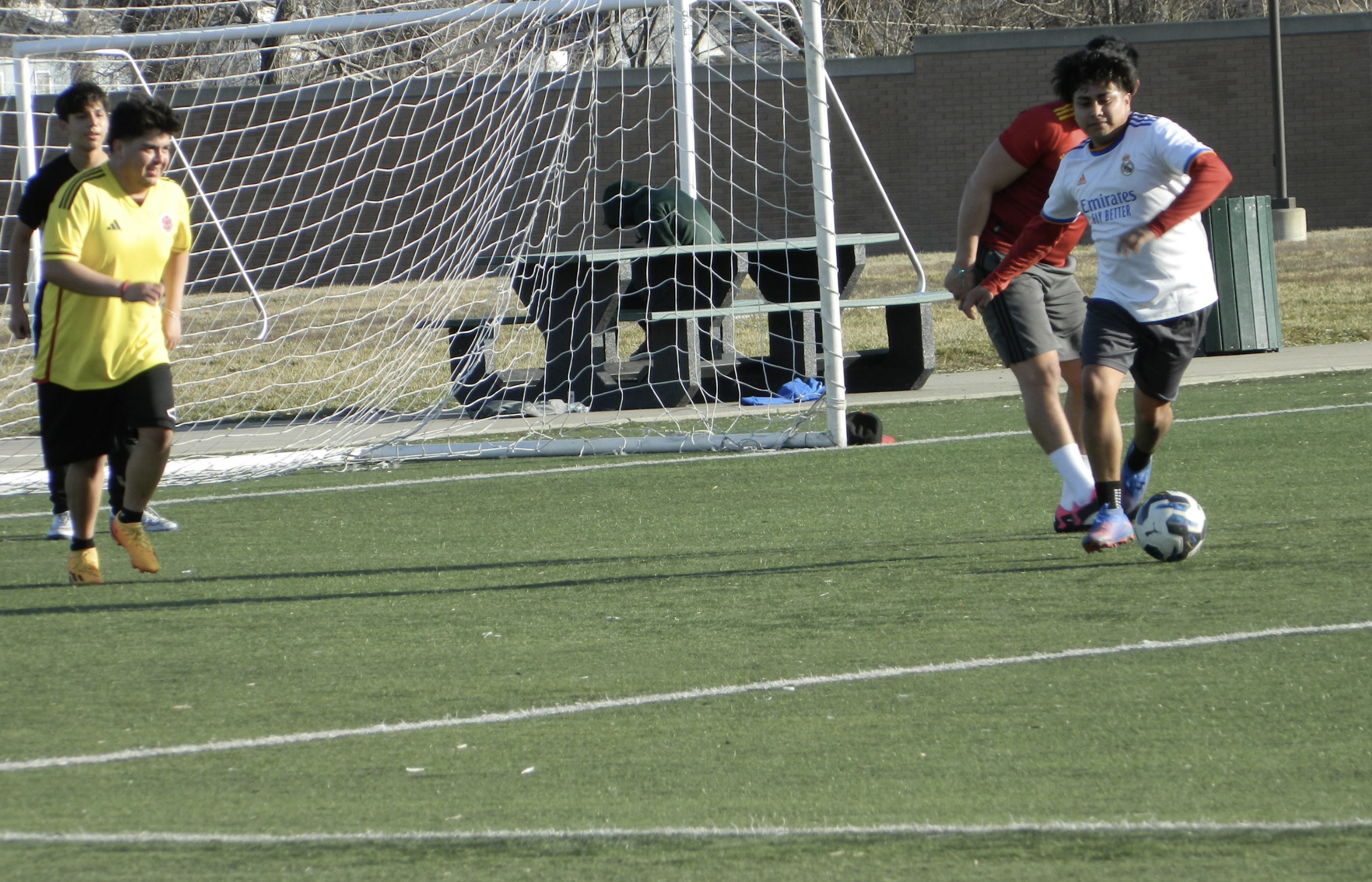President Harry Truman once said that a page of history is worth a volume of logic. As both a student and a maker of history, I am sure he would decry the demands that Confederate monuments be removed from public places. I am also sure that he would be outraged by the vandalism of several such monuments since the recent riot at Charlottesville, Virginia.
Removing or destroying statues and the like is equivalent to tearing pages out of a history book. It is intolerance. It is censorship. One of the more outlandish protests was directed at the stone bench erected in south Kansas City in 1934 by the United Daughters of the Confederacy (reported August 23 in the Northeast News). This was no towering statue of a Confederate general but a mere park bench. What irked the agitators was that this piece of furniture was dedicated to the memory of the women of the Confederate states. Are we supposed to forget that myriads of Missouri men – including some of Mr. Truman’s forebears – fought under the stars and bars with the support of their mothers and wives? Now that the bench (Kansas City’s only public Confederate monument) has been removed, it is just a little more likely that they will indeed be forgotten.
Disapproval of a historical figure is not grounds for banning statues or books. It is as silly as demanding that a paper quit printing news about people someone doesn’t like. Further, if we were to mandate a seal of approval for every person memorialized, hundreds of statues would have to be toppled. Consider the one of Andrew Jackson in front of the downtown courthouse. It was the brainchild of Harry Truman, who wanted a historically accurate likeness of Old Hickory to go with what was then the new courthouse. Jackson is shown astride a horse and wearing a military uniform. This is Jackson as he appeared when he fought the Battle of New Orleans. Jackson went on to become president and to do many good things for his country. Yet he has his critics. He was a slaveholder. He fought duels. And he was responsible for the mass removal of native Americans from the South to what is now Oklahoma. Thousands of them died on the way there. Their journey was called the Trail of Tears.
Mr. Truman knew all of this, but he wanted the people to remember the man for whom their county was named. Hence the statue — and an important page of history.
Dennis Stack
Historic Northeast


















